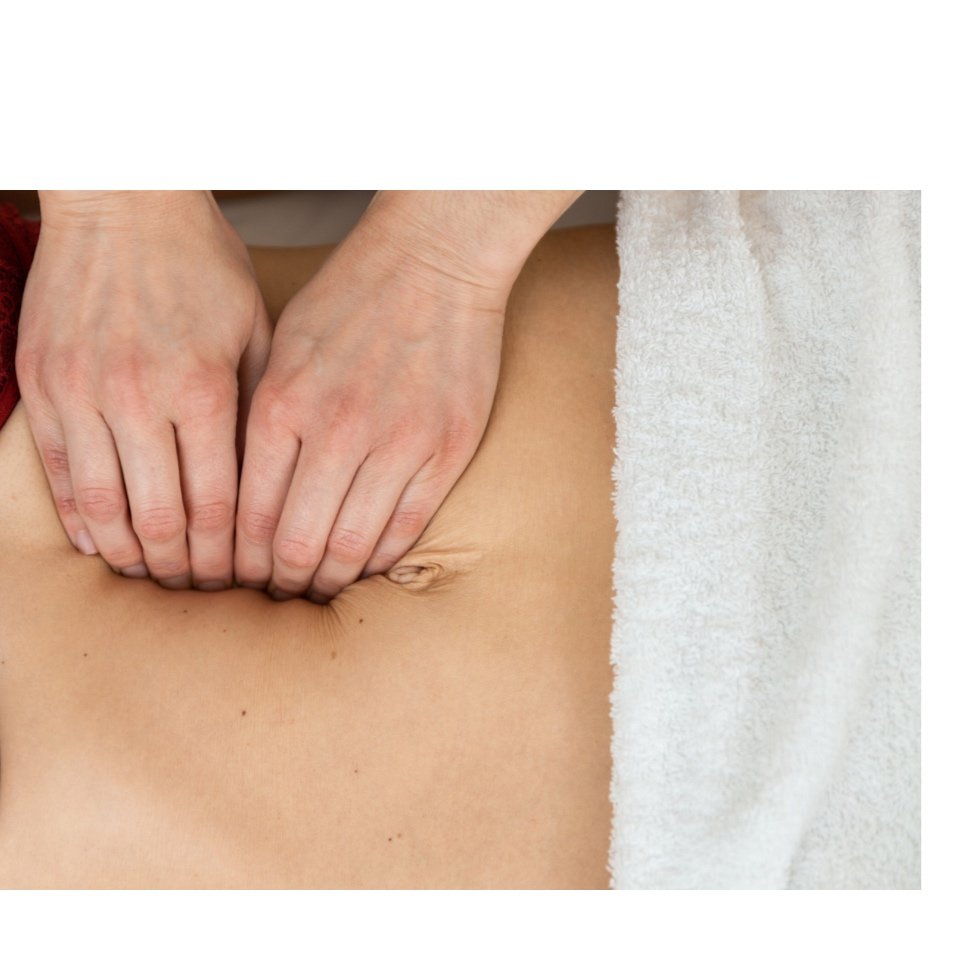
HEALING DIASTASIS RECTI WITH CHIROPRACTIC SOLUTIONS
Chiropractic Care for Diastasis Recti
What is Diastasis Recti?
Diastasis recti is the separation of the rectus abdominis muscles, the two parallel bands of muscles that run vertically along the front of the abdomen. These muscles, also known as “six-pack muscles,” are connected by a thin band of tissue called the linea alba. During periods of increased abdominal pressure, such as during pregnancy, significant weight gain, or improper exercise, the linea alba can stretch and weaken, leading to a separation between the two muscle bands. While diastasis recti is most commonly associated with postpartum women, it can affect men, athletes, and even newborns. It is a normal part of pregnancy for our abs to stretch and separate as we are accommodating our growing baby. Most of the time diastasis recti heals on it’s own during your postpartum recovery period. However, in some women, the condition is persistent and causes further issues needing them to require support to heal the core and dysfunction. The condition can lead to a visible bulge or “pooch” in the stomach area, particularly when sitting up or straining.
Symptoms of Diastasis Recti:
Lower back pain
Abdominal pain
Core pain while exercises or at rest
A visible bulge or “pooch” in the stomach area
Visible “doming” / bulge during abdominal exercises
Poor posture
Pelvis floor dysfunction
Digestive issues (constipation/bloating)
Why is it Important to Heal Diastasis Recti:
Diastasis recti isn’t just a cosmetic concern; it’s a medical issue that affects the core stability of the body. The abdominal muscles play a key role in maintaining posture, supporting the spine, and ensuring proper movement. When the muscles are separated, the entire core becomes weaker, putting excess strain on the back and pelvic floor. This can lead to problems like chronic lower back pain, urinary incontinence, and difficulty performing everyday activities that require core strength. Healing diastasis recti is crucial for restoring abdominal function, improving posture, and preventing further injury.
How Can Chiropractic Help?
Chiropractic care can be a powerful addition to the healing process by addressing underlying structural issues that may be contributing to the condition.
1. Improving Spinal Alignment: Diastasis recti often leads to poor posture, especially with the lower back curving excessively (anterior pelvic tilt). This misalignment not only causes discomfort but can also hinder the healing of the abdominal muscles. Chiropractors work to correct spinal misalignments and restore proper posture, reducing the strain on both the core muscles and the back. By improving spinal alignment, chiropractors help alleviate the back pain commonly associated with diastasis recti. This, in turn, makes it easier for individuals to engage in core-strengthening exercises and daily activities without discomfort.
2. Enhancing Core Stability: Chiropractic care emphasizes the importance of a balanced musculoskeletal system. Chiropractors can help strengthen the surrounding muscles that support the core, such as the pelvic floor and lower back muscles, ensuring that the body is more evenly supported. Chiropractic adjustments can also enhance communication between the nervous system and muscles, leading to better overall core function.
3. Restoring Proper Pelvic Alignment: A misaligned pelvis is a common problem for people with diastasis recti, especially postpartum women. Pregnancy can cause shifts in the pelvis that persist long after childbirth, exacerbating the separation of abdominal muscles. Chiropractors use specific techniques to restore pelvic alignment, reducing the load on the abdominal muscles and allowing for faster recovery. Proper pelvic alignment also helps reduce pressure on the pelvic floor, addressing issues like incontinence that often accompany diastasis recti.
4. Reducing Tension in the Surrounding Muscles: Muscle tension in the hip flexors, lower back, and abdominal area can worsen diastasis recti. Chiropractors use soft tissue therapies, such as myofascial release, massage techniques, and cupping therapy to reduce tension in these areas. This helps improve blood flow to the abdominal region, promoting healing and allowing the muscles to better respond to rehabilitation exercises.
5. Safe & Effective Rehab Exercises: Chiropractors often work with patients to develop a personalized exercise and rehab plan. They provide guidance on safe and effective exercises that help strengthen the core without putting excess pressure on the abdominal muscles. Chiropractors are skilled at recognizing which movements may exacerbate diastasis recti and can recommend modifications to prevent further separation. In conjunction with chiropractic adjustments, patients are often encouraged to engage in exercises such as deep core activation, diaphragmatic breathing, and pelvic tilts, all of which can help close the gap between the rectus abdominis muscles.
Are You Ready to Start Healing Your Core?
Healing diastasis recti is essential for restoring core function, improving posture, and preventing long-term complications like chronic back pain or pelvic floor dysfunction. Chiropractic care offers a holistic, non-invasive approach to treating this condition by improving spinal and pelvic alignment, enhancing core stability, and addressing muscle tension. When combined with targeted exercises and proper body mechanics, chiropractic care can play a significant role in the recovery process. If you’re dealing with diastasis recti, consulting with Dr. Kara can be an effective step toward achieving long-term healing and improved quality of life.
